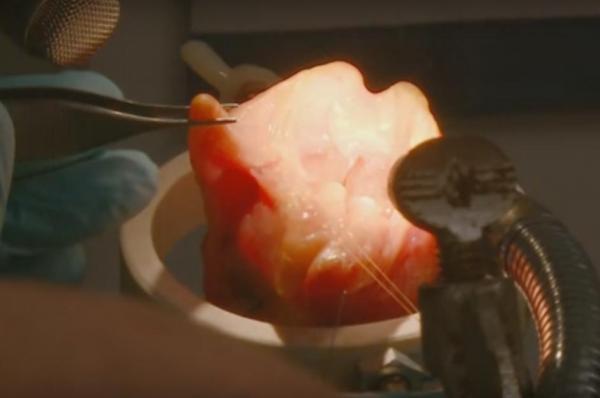
MADISON, Wis., Nov. 18 (UPI) ─ Using the method to replace damaged vocal cords is years away, researchers said, however the proof-of-concept study, published in Science Translational Medicine represents a “robust benchmark” on the road to doing so.
The scientists started with vocal cord tissue from four patients and a cadaver that had them removed, though not for cancer. Using cells from the mucosa, they applied them to a collagen scaffold and, over the course of two weeks, grew into tissue resembling vocal cords — including producing proteins that normal cord cells make, and growing the membranes which protect them from pathogens and irritants in the airway.
The lab-grown cords were first tested by grafting them onto a larynx removed from a dog. The larynges were attached to artificial wind pipes and warm, humidified air was blown through them — the cords responded physically and made sound, as they were expected to.
To test whether a living animal’s body would accept the lab-grown cords, researchers transplanted the cords into living mice, finding the cords grew and were not rejected by their bodies, and they were able to make sound with them.
Although growing replacement vocal cords for human patients is years of research and testing away, Welham called the study a “robust benchmark” on the way to doing so.





